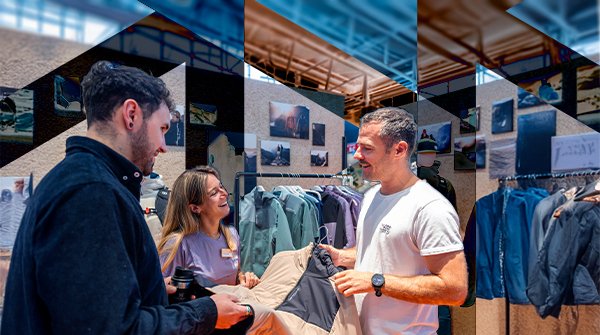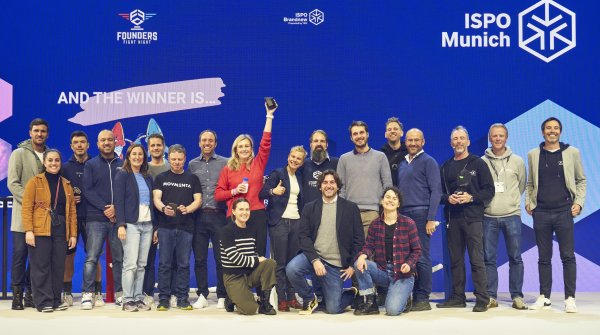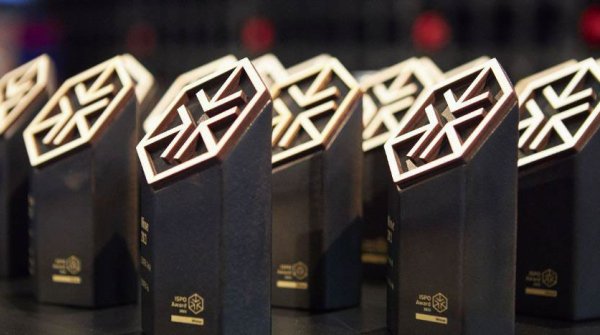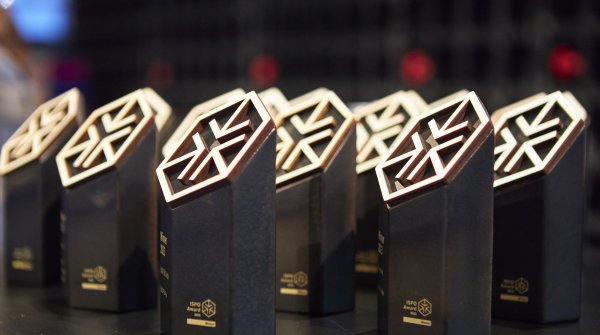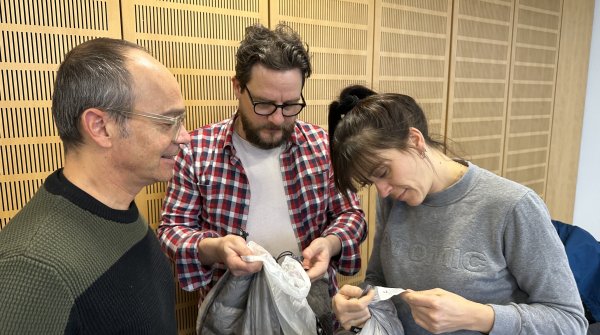For brands, innovation is crucial and indispensable—whether in textiles, where significant material advancements are ongoing, or in the integration of AI across all sectors of the sports industry. Each year, it is exciting to see which breakthroughs from various R&D labs are introduced to the public through the ISPO Award.

With new EU legislation, the development of sustainable, functional materials has taken another step forward. Progress in chemical treatments is notable, and PFC-free DWRs and textiles are now standard, no longer a groundbreaking innovation. PFC-free is now a must-have, not just a nice-to-have—a shift impacting companies beyond Europe. “Sustainability is increasingly the norm, leading consumers to expect it as the standard,” says jury member Dr. Regina Henkel, a textile expert who closely monitors the market.
However, “standard” does not mean stagnation. This year’s ISPO Award jury meetings revealed exciting textile innovations. Circularity, a top industry theme, is gaining momentum through increased use of mono-materials. “Progress is evident, including the use of mono-materials and bio-based fabrics like wool-Tencel blends,” notes Dr. Henkel. A mini-trend is also emerging in CO₂-binding materials.
Top marks go to collaborations between manufacturers and major chemical and tech companies, such as BASF, which are accelerating innovation. For instance, new midsole foam blends in running shoes and the emerging insulation material Aerogel stem from such partnerships. “These collaborations allow for faster improvements in performance and enhanced product functionality,” Dr. Henkel explains.
Notably, the performance of sustainable products, especially those made from recycled fibers, has advanced considerably. Upcycling is a top trend, and recycled membranes with up to 30k/30k performance are now possible, equaling the functionality of non-recycled counterparts. However, this may require opting for more costly materials, impacting retail prices.
Yet recycling alone won’t solve future challenges—a reality more manufacturers are embracing in their collections. Natural fibers and biodegradable sports textiles, either in pure or blended forms, are increasingly seen among ISPO Award submissions.
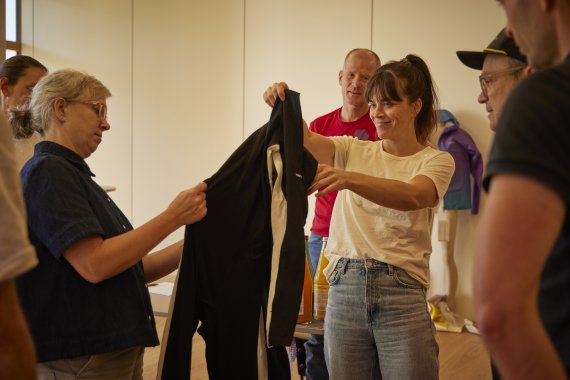
The trend toward versatile products reflects consumers' desire for practical, everyday solutions. Multifunctional hardware products are especially well-received in Asia, while in Europe, this trend primarily focuses on multi-use textiles. “High-quality, performance materials and designs are adapted as everyday fashion, appealing to a broader audience,” says industry journalist Dr. Martina Wengenmeir.
Clothing items like jackets are ideal for both daily and outdoor use, with a growing variety of products available. Multi-purpose products, such as backpacks, are also gaining popularity in commuting. “Urban Outdoor” continues to trend, particularly in Asian markets, where jackets and products combine strong fashion appeal with outdoor performance.
In design, advancements go beyond aesthetics, including increased repairability and specific textile designs for women. These innovations consider unique insulation and sweat zones. Jury member Dr. Wengenmeir notes another trend: “We’re seeing a growing focus on technical sports products designed specifically for women, such as soccer cleats with truly unique constructions. This development goes beyond simple adjustments, with thoughtful designs for fit and functionality.”
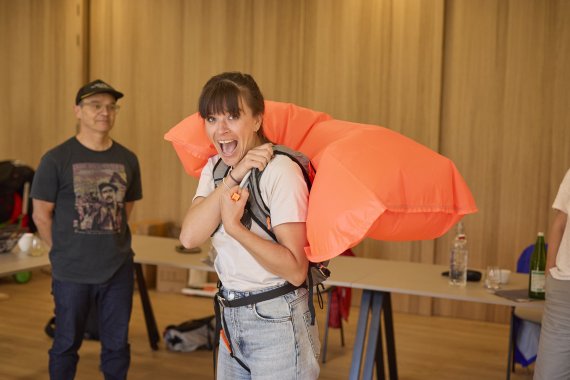
A trend primarily emerging from Asia is making its way to Europe: the integration of technology in clothing, such as sensors and heat-regulating apps. These innovations automatically detect body temperature and adjust garments, like jackets, accordingly. The personalization of clothing through technologies like AI and sensors for temperature regulation is seen as a potential growth area. However, sustainability concerns are notable, as these technologies often require additional resources. As a result, demand for such innovations may remain limited outside of Asian markets.
Nevertheless, Asian manufacturers can be regarded as trendsetters for the Western market, especially as they make significant strides in sustainable materials and new production techniques.
All products awarded an ISPO Award were showcased in a dedicated exhibition area at ISPO Munich (Hall: B1). A selection of award-winning products can be viewed in the gallery.

Ready for great things - the ISPO Awards 2024 in pictures
- Awards
- Mountain sports
- Bike
- Fitness
- Health
- ISPO Munich
- Running
- Brands
- Sustainability
- Olympia
- OutDoor
- Promotion
- Sports Business
- Textrends
- Triathlon
- Water sports
- Winter sports
- eSports
- SportsTech
- OutDoor by ISPO
- Heroes
- Transformation
- Sport Fashion
- Urban Culture
- Challenges of a CEO
- Trade fairs
- Sports
- Find the Balance
- Product reviews
- Newsletter Exclusive Area
- Magazine



